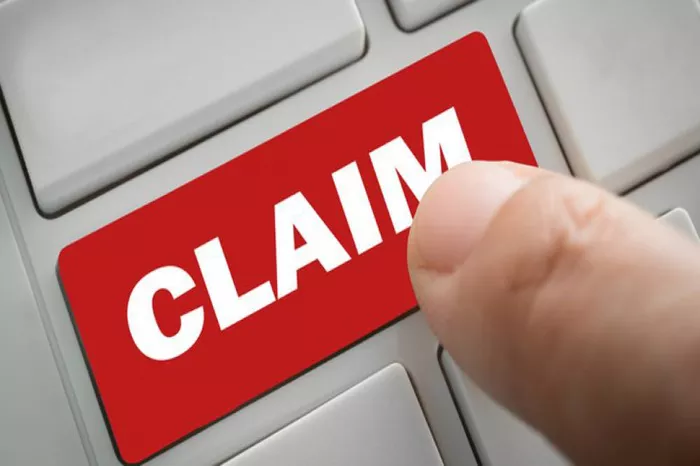If you own a Winnebago RV, you already know how special it is. It’s not just a vehicle—it’s your home on wheels. You might take it across the country, explore small towns, or stay at a quiet campground for weeks. But like any other home or vehicle, it needs to be protected. That’s where Winnebago RV insurance comes in.
In this article, we’ll take a deep look at what RV insurance is, why you need it, how it works for Winnebago RVs specifically, and what kind of coverage options are available. We’ll also talk about how to choose a policy, what it might cost, and what to look out for when comparing insurance companies.
Let’s break it all down in a simple and clear way.
What Is Winnebago RV Insurance?
RV insurance is a type of policy that covers your recreational vehicle. Since Winnebago makes many types of RVs—from motorhomes to travel trailers—insurance needs can vary. Some Winnebago RVs are motorized (Class A, B, or C), while others are towable (like fifth wheels or travel trailers).
Insurance helps protect you from costs related to accidents, theft, weather damage, and more. It can cover your RV, the items inside it, and even the people who ride in it. In some ways, it’s like a mix between auto and home insurance.
Is RV Insurance Required by Law?
The answer depends on your RV type and how you use it.
If your Winnebago is motorized (it drives on its own), then yes—insurance is required in most states.
If it’s a trailer that you tow, you might not need a separate policy. But it’s still smart to get one.
Most states require liability insurance for motorized RVs. That means you must be covered if you cause an accident that injures someone or damages their property. Some lenders also require full coverage if you financed your RV.
Even if it’s not required, having coverage can save you from big out-of-pocket expenses. Think about a hailstorm, a car crash, or a break-in. Without insurance, you pay for all of it yourself.
What Does Winnebago RV Insurance Cover?
Let’s look at the most common types of coverage. Some are basic, while others are optional.
1. Liability Coverage
This is required for motorized RVs. It pays for damages or injuries you cause to other people or their property.
2. Collision Coverage
Covers damage to your RV if you crash into another vehicle or object, regardless of who is at fault.
3. Comprehensive Coverage
Protects against non-crash incidents—like theft, fire, floods, vandalism, and falling objects.
4. Uninsured/Underinsured Motorist Coverage
Pays your expenses if the other driver doesn’t have insurance or not enough of it.
5. Medical Payments
Covers injuries to you or your passengers, no matter who was at fault.
6. Personal Belongings Coverage
Covers the cost of replacing items inside your RV, like electronics, clothing, or kitchenware.
7. Vacation Liability
If someone gets hurt while visiting your RV at a campsite, this helps pay their medical costs.
8. Full-Timer Coverage
If you live in your RV year-round, this adds extra protection, similar to a homeowner’s policy.
What Makes Winnebago RV Insurance Unique?
Winnebago is a trusted brand in the RV world. They build many styles and models, which means your insurance should fit the type of RV you have.
Some Winnebago motorhomes are high-end, with luxury features and smart systems. Others are more compact and simple. A basic policy might not be enough for a large Class A model with expensive equipment inside.
Insurers may offer specialty RV coverage designed with brands like Winnebago in mind. This may include:
Agreed value policies (you get a set amount if the RV is totaled)
Emergency expense coverage (hotel, transport, meals after an accident)
Replacement cost for new RVs
Accessory coverage for things like awnings, solar panels, and satellite dishes
How Much Does Winnebago RV Insurance Cost?
The cost depends on a lot of things. Here are some of the main factors:
Type of RV: Class A RVs cost more to insure than travel trailers.
Value of the RV: Newer or more expensive models cost more to insure.
Usage: Full-time RVers usually pay more than those who only use it seasonally.
Location: Rates can vary by state, city, or even ZIP code.
Driving history: If you have a clean record, you’ll likely pay less.
Coverage limits: Higher limits and lower deductibles increase premiums.
Add-ons: Extra protection like roadside assistance or total loss replacement adds to the cost.
On average, you might pay:
$500 to $1,500 per year for a travel trailer
$1,000 to $4,000+ per year for a motorhome
How to Choose the Right RV Insurance Policy
Picking a policy isn’t just about getting the cheapest rate. It’s about getting the right protection for how you use your Winnebago.
Here are a few simple tips:
Know your RV type: Is it motorized or towable? Luxury or basic? Lenders may also have requirements.
Understand your lifestyle: Do you live in it full-time or use it a few times a year? This makes a big difference.
Make a list of valuables: Think about the electronics, kitchen items, gear, and even furniture inside your RV.
Compare policies: Don’t go with the first quote. Get at least three and compare coverage, not just cost.
Look for RV-specific features: Some insurers offer RV-friendly extras that regular auto policies don’t.
What Are the Best Insurance Companies for Winnebago RVs?
Some companies are better known for RV insurance than others. Here are a few popular ones:
Progressive: Offers a range of RV options, including full-timer coverage.
National General: Known for RV insurance, often works with RV dealerships.
Good Sam Insurance Agency: Specializes in RV coverage and includes extras like towing and roadside help.
GEICO: Offers RV policies with customizable features.
State Farm / Allstate / Farmers: Some larger insurers also offer RV policies.
Tip: Read reviews, ask other RV owners, and check each company’s claims process.
Common Mistakes to Avoid
Even experienced RVers can make insurance mistakes. Here are a few to watch out for:
Assuming auto insurance is enough: Your car policy may not cover your RV.
Not updating coverage after upgrades: If you add solar panels or a satellite system, let your insurer know.
Ignoring personal property limits: Some policies have low limits on what’s inside the RV.
Skipping emergency coverage: If you travel far, emergency expenses coverage is very helpful.
Not reviewing your policy each year: Your needs might change. So should your policy.
Conclusion
Yes, you do. A Winnebago RV is a big investment, and it deserves solid protection. Whether you use it for weekend getaways or full-time living, insurance can give you peace of mind.
It’s not just about meeting legal requirements. It’s about protecting your vehicle, your stuff, and your freedom to travel. A good policy helps you bounce back from accidents, natural disasters, and other unexpected problems.
Take your time, compare your options, and choose coverage that fits your lifestyle. That way, you can enjoy the road ahead—worry-free.
Related topic:






















